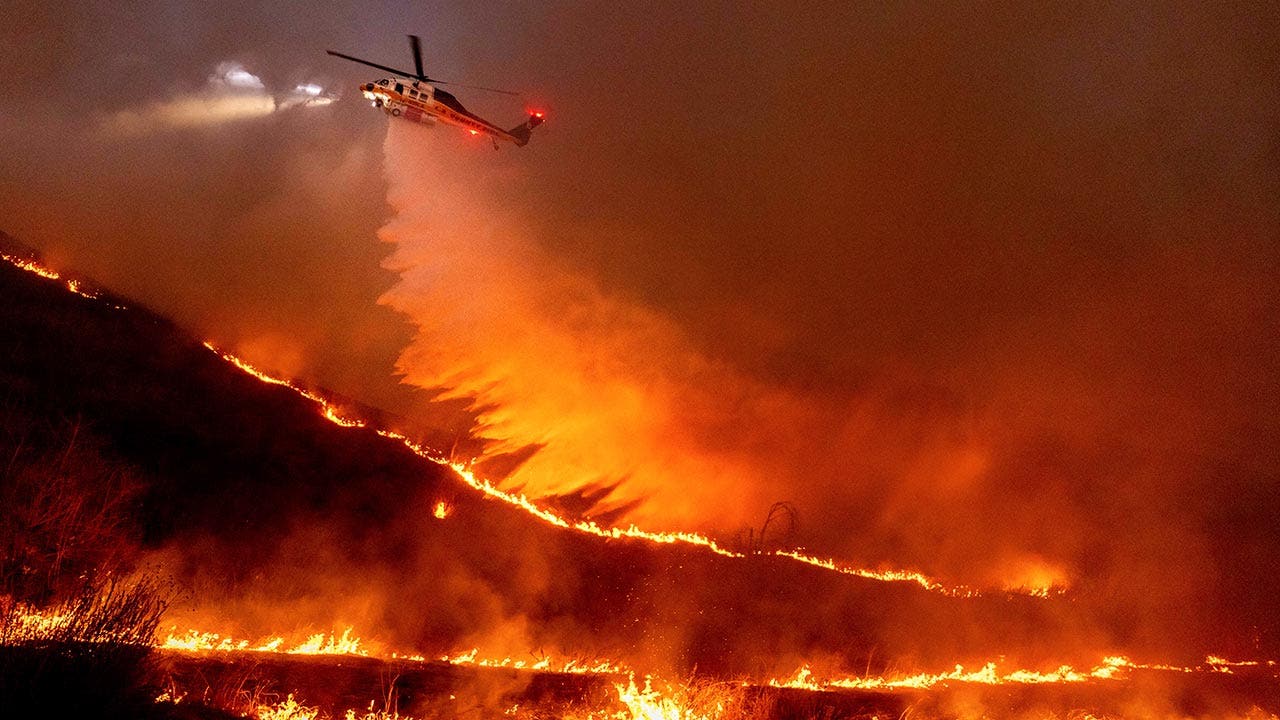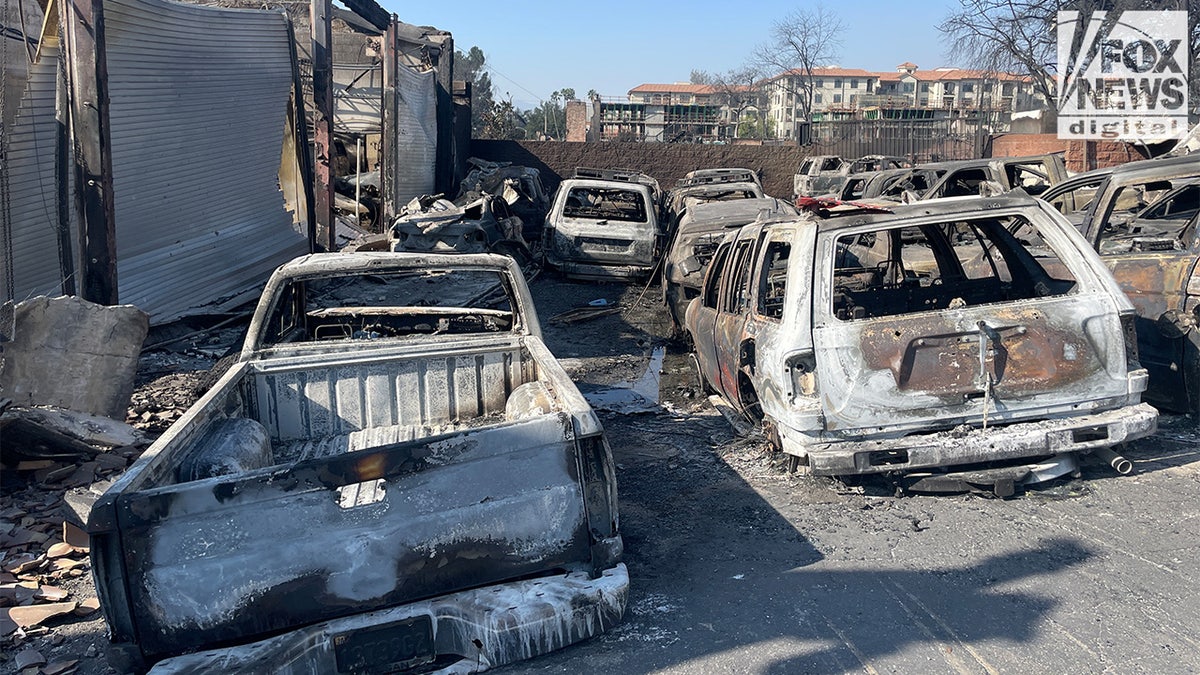Sharon Magness Blake, known throughout Colorado as one who “Gives so selflessly to those who need it most,” was honored as the 2025 Citizen of the West at a dinner Monday, that raised some $647,000 for the National Western Scholarship Trust.
An equine enthusiast — four of her Arabian horses have gained fame as Thunder, mascot of the Denver Broncos — entrepreneur and philanthropist, Magness Blake has spearheaded events that have raised over $100 million for dozens of organizations, including Volunteers of America, Denver Council of Boy Scouts of America, the Global Down Syndrome Foundation, the Denver Health Foundation, the National Repertory Orchestra and the University of Colorado Foundation.
She founded, with Jean Galloway, Western Fantasy that for 30 years was VOA Colorado’s signature fundraiser, raising $35 million for VOA’s mission of feeding the hungry, providing emergency shelter and offering human service programs designed to enrich the mind, body and heart. VOA’s former chief executive, Dianna Kunz, showed her appreciation for Magness Blake’s generosity by offering the invocation that preceded dinner.
Western Fantasy always began with Magness Blake riding Thunder around the perimeter of the National Western Event Center as Lee Greenwood, either in person or via video, sang “God Bless the USA.”
So it was only natural that an adaptation of that tradition would be part of the Citizen of the West dinner, which also was held in the National Western Event Center.
Just six weeks into recovery from back surgery, Magness Blake gingerly mounted Thunder to make the red-carpet ride from the event center’s paddock area, site of the pre-dinner cocktail reception, to the stage-side table shared with her husband, retired attorney and former Breckenridge mayor Ernie Blake — and a host of friends.
As she rode in, a video played of Greenwood and members of the military singing “God Bless the USA.” Later, in a video salute to Magness Blake, Greenwood joined other close friends such as Garth Brooks and Michelle Sie Whitten in singing her praises.
“Sharon and Ernie are two of the best human beings on planet earth,” Brooks said. “She truly embodies the spirit of the West.”
Magness Blake acknowledged her health in her acceptance remarks.
“In the last two years I’ve had some serious health issues, so I am very grateful just to be here,” she said. “I’m just a horse girl who grew up in the concrete streets of Philadelphia” who attended her first National Western Stock Show 38 years ago and instantly became enamored of all that it stands for.
Since then, she has become a trustee of the show and member of its $150 million Honoring the Legacy Capital Campaign committee.
“What a great and glorious evening it is to honor our friend Sharon Magness Blake,” said capital campaign chair Pete Coors, who also served as chairman of the Citizen of the West steering committee. “Where there’s thunder, there’s lightning and you are our lightning.”
The 1,000 guests included the governors of Colorado and Wyoming, Jared Polis and Mark Gordon; Denver Mayor Mike Johnston, who thanked the honoree for giving him “One of my childhood delights,” seeing Thunder gallop across the field at Mile High Stadium whenever the Broncos scored a touchdown; and Colorado Attorney General Phil Weiser.
Also:
- Paul Andrews, who is soon to retire following 15 years as the National Western’s president/CEO
- Former Citizens of the West Dick and Eddie Robinson
- Kelly Brough, president/CEO of the Fitzsimons Innovation Community
- J.J. Ament, president/CEO of the Denver Metro Chamber of Commerce
- Former Denver District Attorney Mitch Morrissey and wife, Maggie, who chaired the Citizen of the West Arrangements Committee in 2015 and 2016
- 2025 Arrangements Committee Chair Jennifer Jones Paton
- Miss Rodeo America Callie Mueller, Miss Rodeo Colorado Sierra Southerland and Miss Rodeo Wyoming Dusty Miller
- Dr. Gregg LaBerge, director of the Denver Crime Lab
- Political consultant Katie Behnke
- Dr. Lorenzo Trujillo
- Rico Munn, former superintendent of the Aurora Public Schools who is now vice president/Metro Denver Engagement and Strategy for Colorado State University
- Attorney Holly Shilliday, managing partner of the Colorado office of McCarthy & Holthus
- Robert and Judi Newman. He founded J.D. Edwards and now owns and manages a venture capital company, Greenwood Gulch Ventures. She served on the Citizen of the West Steering Committee
- Brandis Becky, a 20-year Steering Committee member who purchased a table to honor the memory of her late mother, Anita Becky, who had been active in the National Western Stock Show since the early 1960s when she and her husband, the late Dr. Joseph Becky, started raising Angus cattle, buffaloes and quarter horses on their ranch in rural Colorado.
##























/cdn.vox-cdn.com/uploads/chorus_asset/file/25822586/STK169_ZUCKERBERG_MAGA_STKS491_CVIRGINIA_A.jpg)

/cdn.vox-cdn.com/uploads/chorus_asset/file/25821992/videoframe_720397.png)



